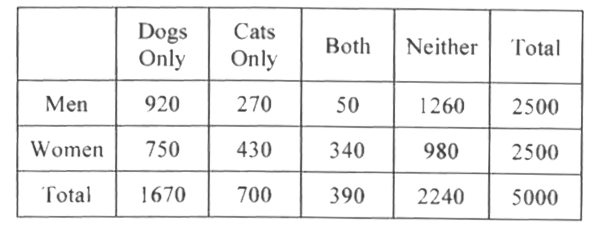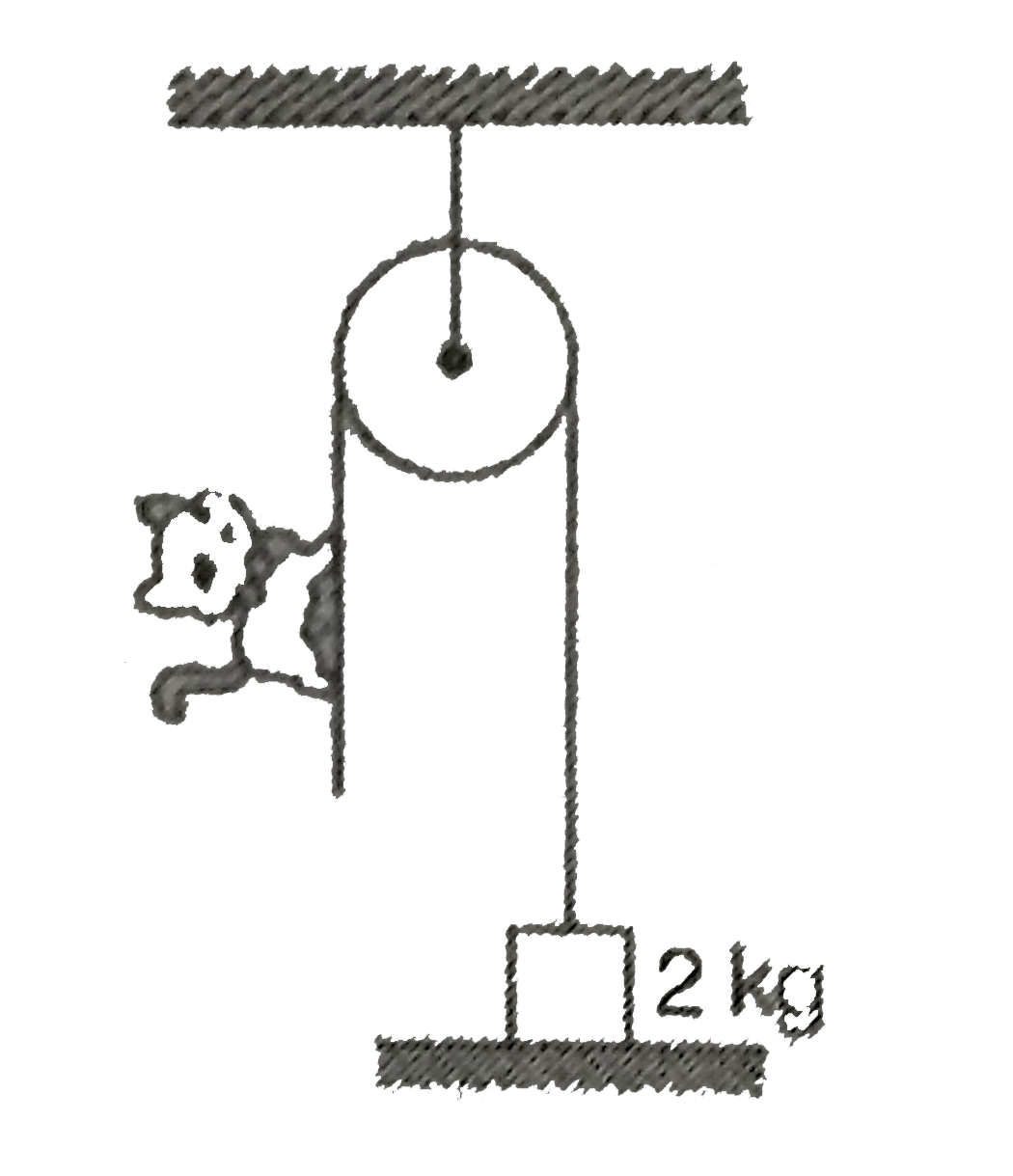Which is not a cat ?
Lion
Tiger
Cheetah
Jackal.
The correct Answer is:D
To determine which of the given options is not a cat, we need to analyze the classification of each animal mentioned:
1. Lion: The lion (Panthera leo) is a member of the Felidae family, commonly known as the cat family.
2. Tiger: The tiger (Panthera tigris) is also a member of the Felidae family.
3. Cheetah: The cheetah (Acinonyx jubatus) belongs to the Felidae family as well.
4. Jackal: The jackal (genus Canis) is a member of the Canidae family, which is the dog family.
From this classification, we can see that the lion, tiger, and cheetah all belong to the cat family (Felidae), while the jackal belongs to the dog family (Canidae).
Therefore, the answer to the question "Which is not a cat?" is:
Jackal.
Topper's Solved these Questions
- MAMMALIA [MAMMA - BREAST]BOOK - DINESH PUBLICATION ENGLISHCHAPTER - MAMMALIA [MAMMA - BREAST]EXERCISE - Check your grasp
10 Videos
- MAMMALIA [MAMMA - BREAST]BOOK - DINESH PUBLICATION ENGLISHCHAPTER - MAMMALIA [MAMMA - BREAST]EXERCISE - Brain Teasers - I
100 Videos
- MAMMALIA [MAMMA - BREAST]BOOK - DINESH PUBLICATION ENGLISHCHAPTER - MAMMALIA [MAMMA - BREAST]EXERCISE - Brain Teasers - I
100 Videos
- LOCOMOTION AND MOVEMENTBOOK - DINESH PUBLICATION ENGLISHCHAPTER - LOCOMOTION AND MOVEMENTEXERCISE - CHECK YOUR GRASP
10 Videos
- MICROBES IN HUMAN WELFAREBOOK - DINESH PUBLICATION ENGLISHCHAPTER - MICROBES IN HUMAN WELFAREEXERCISE - Brain Teasers-VIII
60 Videos
Similar Questions
A dog starts chasing to a cat 2 hours later it takes 2 hours to dog to catch the cat.if the speed of the dog is 30 km/h what is the speed of the cat?
A. 10 km/hr
B. 165 km/hr
C. 20 km/hr
D. can't be determined
View SolutionWhich of the folowing statements are true ? (i) The set of all rectangles is contained in the set of all squares. (ii) The sets A={x:x is a letter of the word . 'LITTLE', B={x:x is a letter of the word 'TITLE',} are equal (iii) The set of all cats is contained in the set of all animals.
View Solution
Knowledge Check
2500 single men and 2500 single women were asked about whether they owned any dogs or cats. The table below displays a summery of the results.

Of the people who said they had neigher dogs nor cats, 200 were selected at random, and they were asked if they had any pets at all. 43 people said they did have pets,and the remaining 157 said that they did not. Based on both the initial data given in the table, together with the new data stated in this paragraph, which of the following is most likely to be accurate?AApproximately 482 of the original people surveyed would say that they have no pets.BApproximately 1758 of the original people surveyed would say that they have no pets.CApproximately 1963 of the original people surveyed would say that they have no pets.DApproximately 3925 of the original people surveyed would say that they have no pets.What is true for the equilibrium reaction ?
CH3−O∣∣C−OH+CH3−OHcat⇐⇒CH3−O∣∣C−O−CH3+H2OAThe use of equimolar quantities of CH3OH and CH3COOH will give the greatestyield of the ester at equilibriumBRemoval of water will increase the amount of ester at equilibriumCAddition of CH3COOCH3 will cause the formation ofequal an equal number of moles of waterDApplication of pressure increases the amount of ester at equilibrium
A small stretch of DNA strand that codes for a polypeptide is shown below:
3' -- ----- CAT CAT AGA TGA AAC --- --- -- 5'
(a) Which type of mutation could have occurred in each type resulting in the following mistake during replication of the above original sequence ?
i. 3' ..... ... ... CAT CAT AGA TGA ATC... .... .. 5'
ii. 3' ... ... ...CAT ATA GAT GAA AC..... .... ..5'
(b) How many amino acids will be translated from each of the above strands (i) and (ii) ?
View SolutionThe correct gestation period in days of cats, dogs, elephants and humans.
View SolutionFlipper of whale, paw of a cat, foreleg of a horse, and hand of a human being are example for
View SolutionRead the statement and answer the questions given below:
The dog Canis familiaris of the family Canidae has certain resemblances with the cat family, family felidae
Both dogs and cats can be grouped together in the same hierarchy _______.
View SolutionThe pulley shown in the diagram is frictionless. A cat of mass 1kg moves up on the massless string so as to just lift a block of mass 2kg. After some time, the cal stops moving with respect to the string. The magnitude of the change in the cat's accelration is

View SolutionIf gravitational field is given by E−xˆi−2y2ˆj. When gravitational potential is zero ar (0,0) find potential cat (2,1)
View Solution
